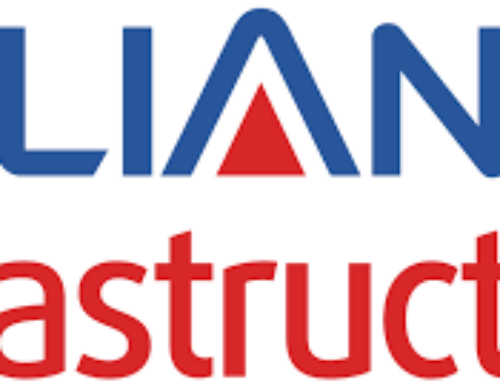Industry Profile: Power is one critical component for the development of the economy. Lack of availability of power is not sustainable for growth and development. India is one of the countries with diverse sources of natural resources like Water, Coal, Lignite, Natural Gas, Oil, Nuclear power, and wind which also help the development of the power sector. Electricity demand in the country has increased rapidly and is expected to rise further in the years to come. To meet the increasing demand for electricity in the country, massive addition to the installed generating capacity is required. India ranked third among 40 countries in EY’s Renewable Energy Country Attractiveness Index, on the back of a strong focus by the Government on promoting renewable energy and implementation of projects in a time-bound manner and moved up 73 spots to rank 26th in the World Bank’s list of electricity accessibility in 2017.
The power sector in India is undergoing a significant change that has redefined the industry outlook. Sustained economic growth continues to drive electricity demand in India. In addition, the Government of India’s focus on attaining ‘Power for all’ has accelerated capacity addition in the country. At the same time, the competitive intensity is increasing on both the market and supply sides (fuel, logistics, finances, and human resources).
The total installed capacity of power stations in India stood at 330,260.53 Megawatt (MW) as of May 2017. The Ministry of Power has set a target of 1,229.4 billion units (BU) of electricity to be generated in the financial year 2017-18, which is 50 BU higher than the target for 2016-17. The annual growth rate in renewable energy generation has been estimated to be 27 percent and 18 percent for conventional energy.
The Government has added 10.2 Giga Watts (GW) of conventional energy generation capacity and 12.5 GW of renewable energy capacity in the Financial Year 2017. As a result, under the 12th Five Year Plan, the Government has added 93.5 GW of power generation capacity, surpassing its target of 88.5 GW during the period.
Company profile: SJVN Limited, a Mini Ratna, Category-I and Schedule –’ A’ CPSE under the administrative control of the Ministry of Power, Govt. of India, was incorporated on May 24, 1988, as a joint venture of the Government of India (GOI) and the Government of Himachal Pradesh (GOHP). The Company was formerly known as Nathpa Jhakri Power Corporation. The present installed capacity of SJVN is 1,964.85 MW (comprising 1912 MW Hydro + 47.6 MW Wind Power + 5.25 MW Solar Power). The Company, at present, is implementing (under various stages of development) 10 Hydro Power Projects totaling 3,200 MW (7 Projects- 1,130 MW in India, 3 Projects of 2,070 MW in neighboring countries of Nepal & Bhutan), one 1320 MW Thermal Power Project at Buxar in the State of Bihar and 50 MW Sadla Wind Power Project in Gujarat. Furthermore, SJVN commissioned 86 km 400 kV double circuits Indo-Nepal Cross Border Power Transmission corridor between Dhalkebar (Nepal) and Muzzafarpur (India) on 17.02.2016 in JV with Power Grid, IL&FS, and Nepal Electricity Authority. In addition to all this, Company is engaged in implementing a 400 kV double circuit associated transmission line of 310 km length for its 900 MW Arun-3 Project in Nepal.
Shareholding Pattern: BSE Data
Financial and Ratios : [table id=90 /]
Future Prospects: Even after good fundamentals, the Company is having some issues as it sells major parts to State electricity boards, most of which are capital stressed. The Company is required to provide approximately 12% of its annual generation to the state of Himachal Pradesh free of cost, and an additional 1% of age from operational projects located in the form of Himachal Pradesh to a state-established local development fund. The power sector is capital intensive, and the power plants’ built-up takes a long term, which involves risk. If the state electricity boards stop payment, the company fundamentals will not look good.
But UDAY ( Ujwal Discoms Assurance Yojana) is very helpful for such companies, and the sector is going through significant changes.
The Company is keeping robust targets for FY 2018. A healthy EBITDA margin and Buyback prove that the Company has faith in its business. As the sector is going through Reforms, keeping such a gem in your portfolio is wise.




